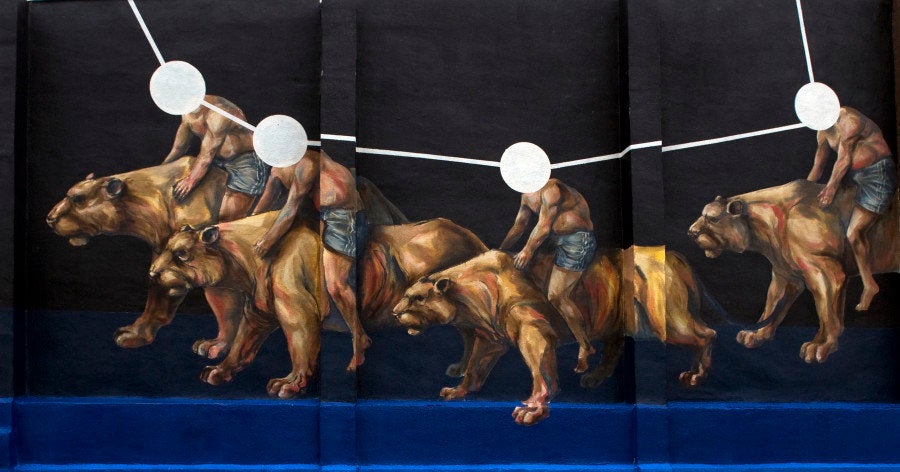
When it comes to sandcastle construction, most people focus on the basics -- a motte, a bailey, maybe a keep and a moat. New York artist Calvin Seibert, on the other hand, has bigger ideas.
Inspired by the brutalist buildings of Marcel Breuer and the neofuturist designs of Eero Saarinen, Seibert creates impossible structures marked by sharp geometry and tessellated patterns. His striking sandcastles would be more at home in a survey of architectural feats than on the shores of an American beach.
Seibert forms his shapes by hand, using an assortment of rectangular plexi trowels he makes himself, packing and trimming until his designs take on their sharp edges. At 57 years old, he's been working in the sand for five decades, he says, transitioning from the sand pile constructions of his childhood trips to Colorado to his adult artworks on the beaches of New York, Hawaii, California and Texas.

"I suppose what drew me into playing/working with sand is how quickly a shape can be formed," he explained to The Huffington Post. "While I may spend eight or 10 hours on a single castle, the final results, both in size and complexity, would not be easily achieved in any other sculptural medium."
"And its free: no trip to the lumber yard or art supply store."
He describes sandcastle construction as a test, with nature and time working against the creator. "I rarely start with a plan, just a vague notion of trying to do something different each time," he says. "Once I begin building and forms take shape I can start to see where things are going and either follow that road or attempt to contradict it with something unexpected. "
In his mind, his castles are more mashups of influences and ideas than anything else; part fishing village homes, part modernist sculptures. When his mashups are successful, he describes them as unconfined and unfinished. "They become organic machines that might grow and expand," he added. "I am always adding just one more bit and if time allowed I wouldn't stop."
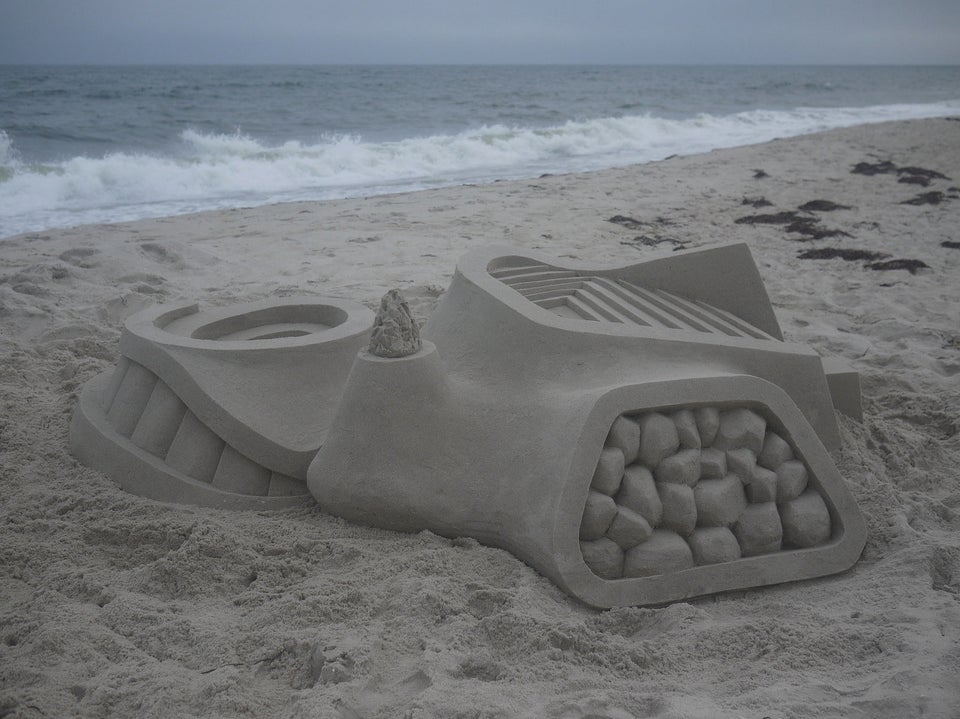
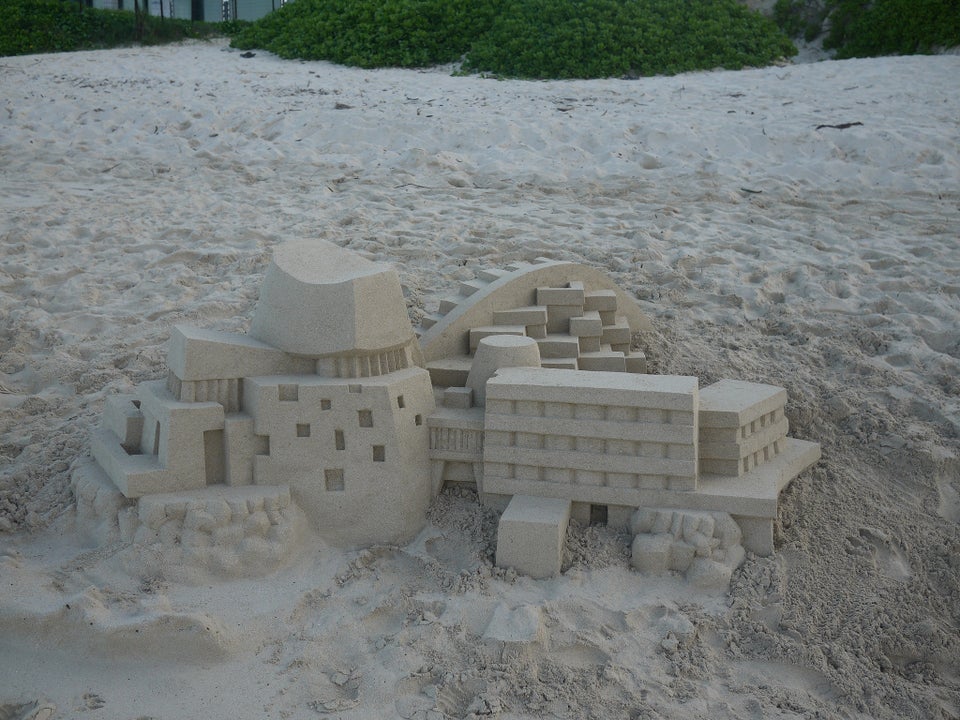

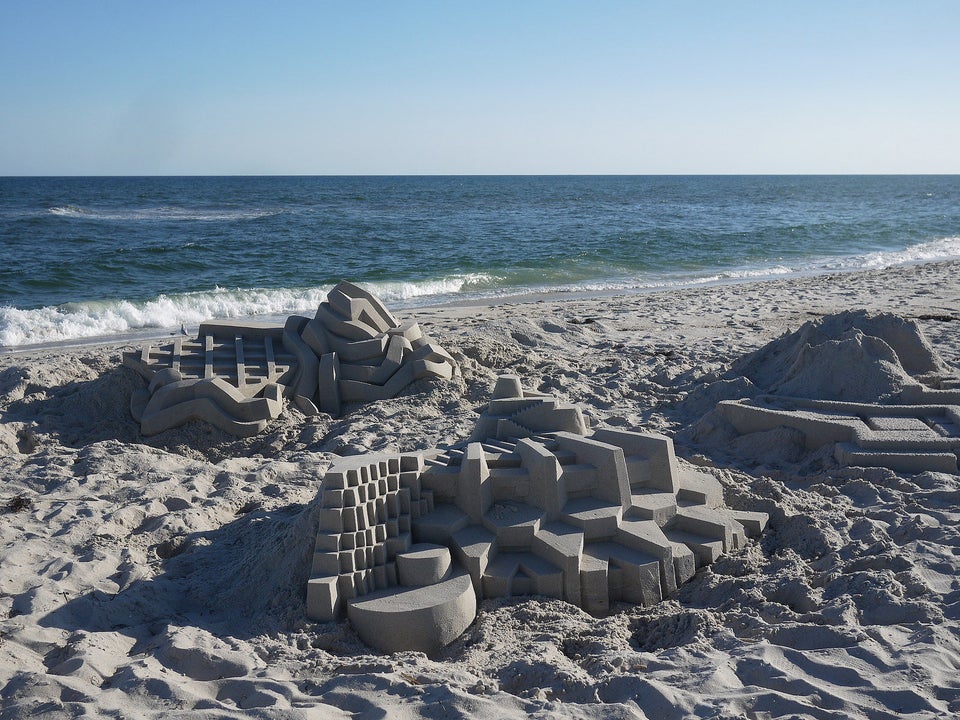
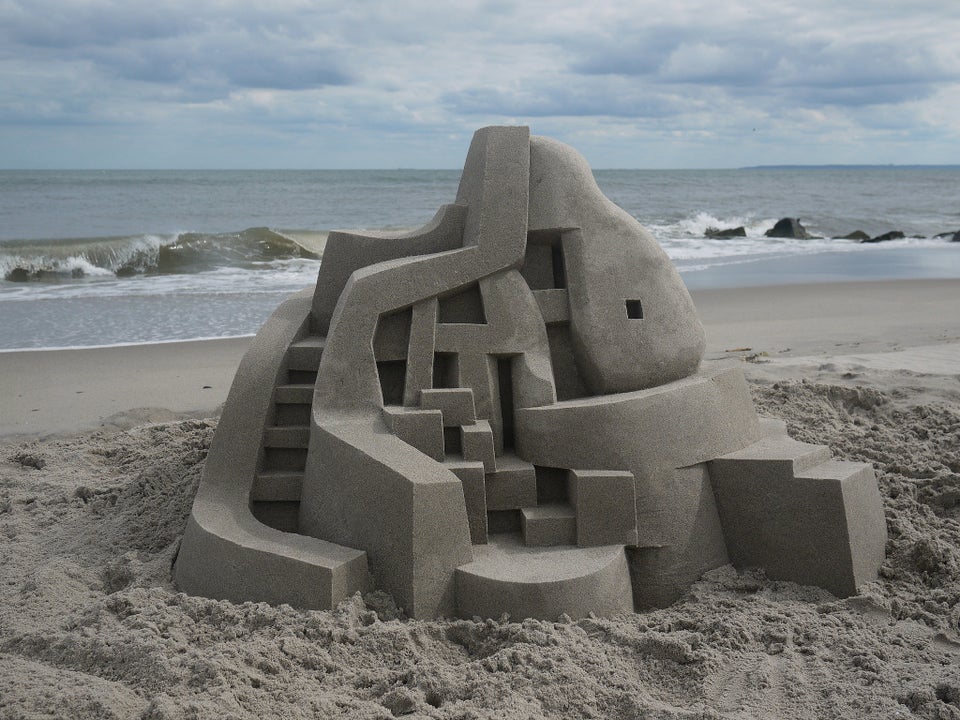



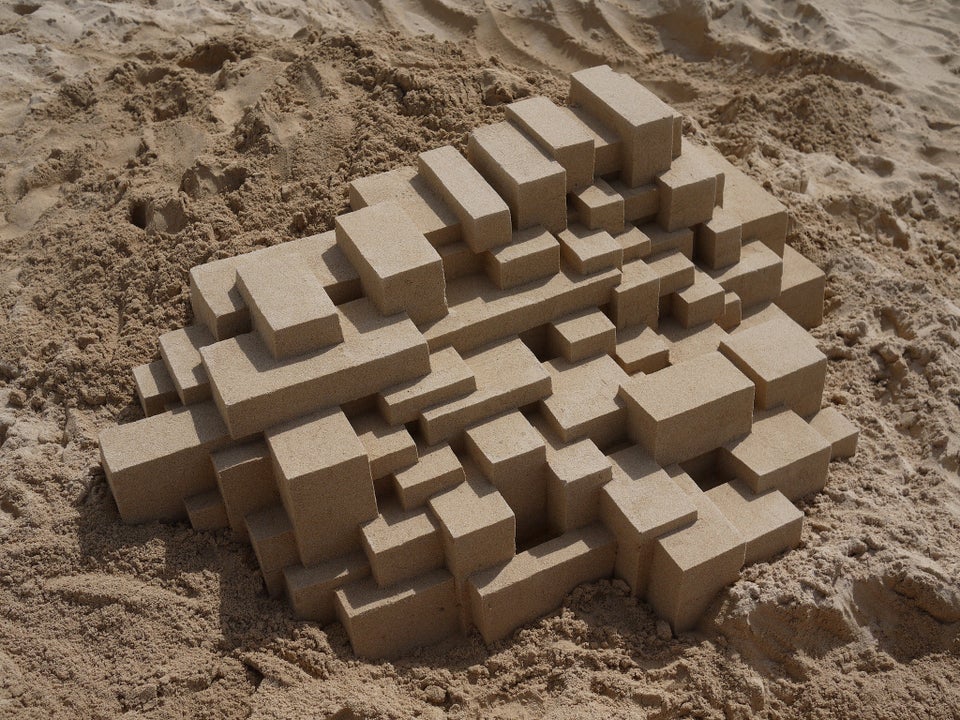
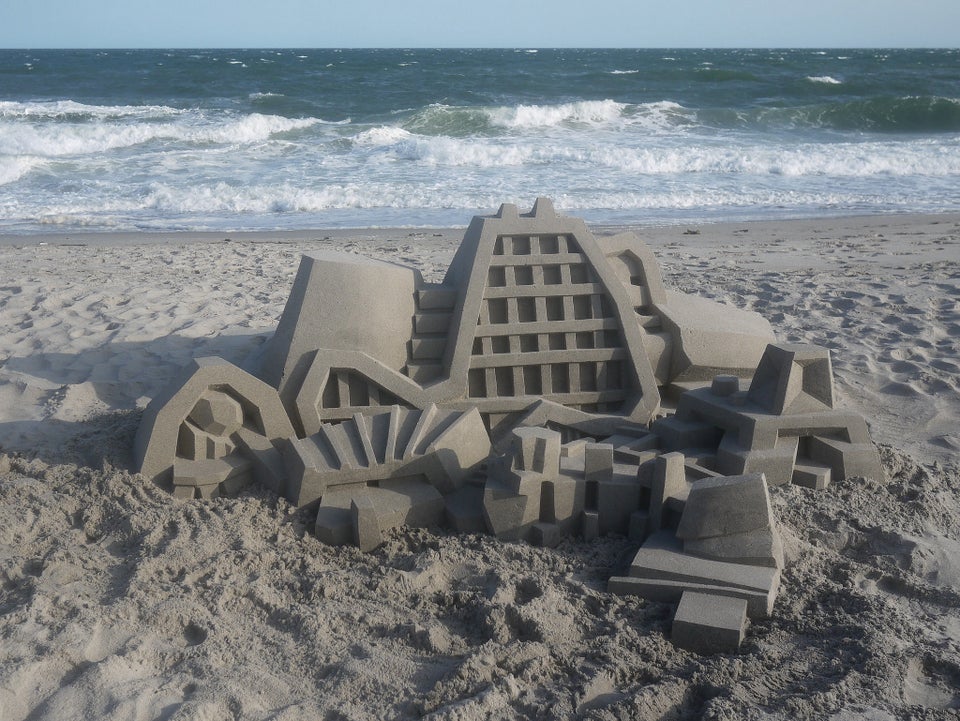


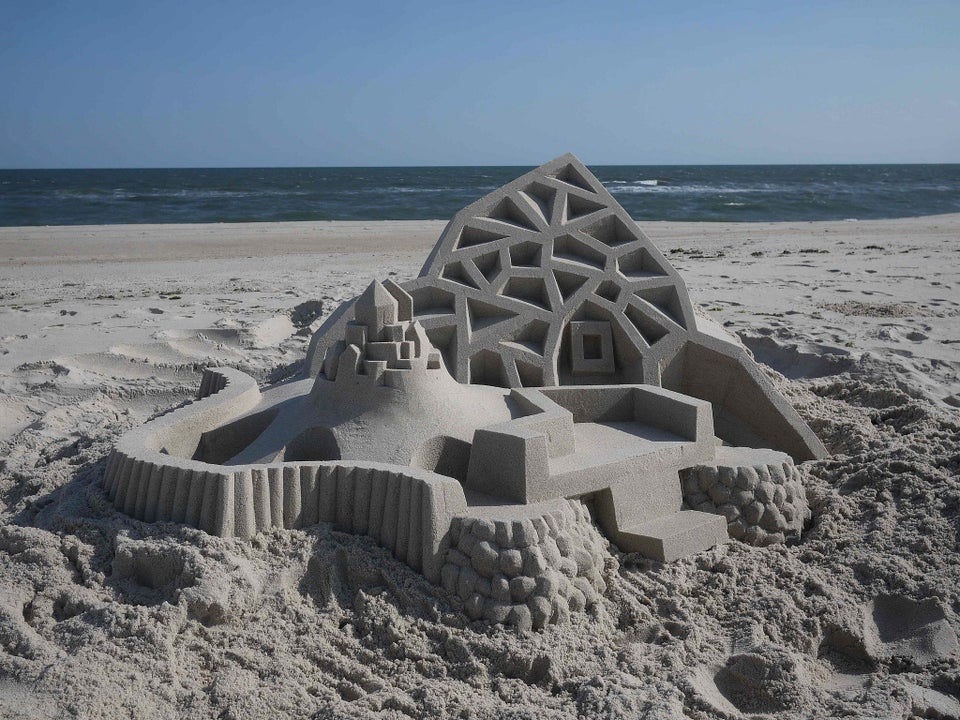
Also on HuffPost:

